Sealing length: 30cm.
Operate mode: time controlled or foot pedal switch controlled.
Suitable for PP, PE, PVC, NY etc. material bags.

Sealing length: 30cm.
Operate mode: time controlled or foot pedal switch controlled.
Suitable for PP, PE, PVC, NY etc. material bags.
Automatic Impulse Sealer:
• Automatic Sealer is designed for the continuous sealing of polyethylene and polypropylene materials.
• Can be selected auto or manual function.
(1) Comes with a foot switch for manual operation.
(2) Controlled by a plug-in circuit board that provides the uniform by an electromagnet.
Sealing is maintained automatically after 3 Timers are set.
• Suitable materials: PE, PP, OPP, PVC, POF...
| Model No. | DS-300A |
|---|---|
| Sealing type | Impulse Heat |
| Voltage/Ampere | 110V, 220V |
| Power | 450W |
| Max.sealing | Max:300.0 x 2.7 mm or 300.0 x 5.0 mm |
| Sealing time | 0.0–2.5 sec. |
| Machine weight | 17.00 kgs |
| Machine size | 440 x 360 x 200 mm |
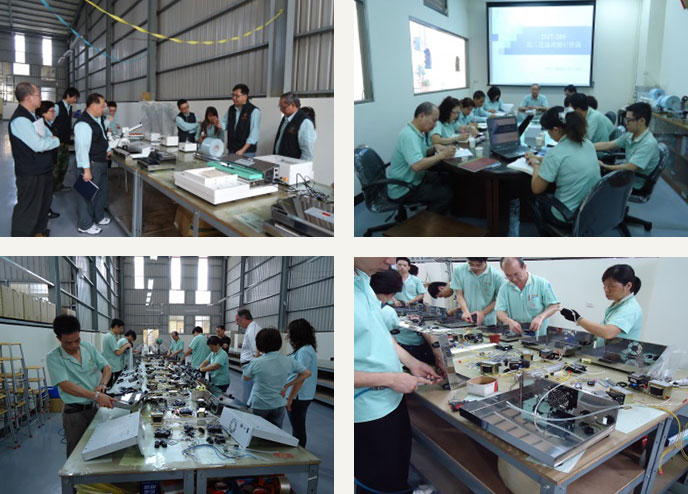
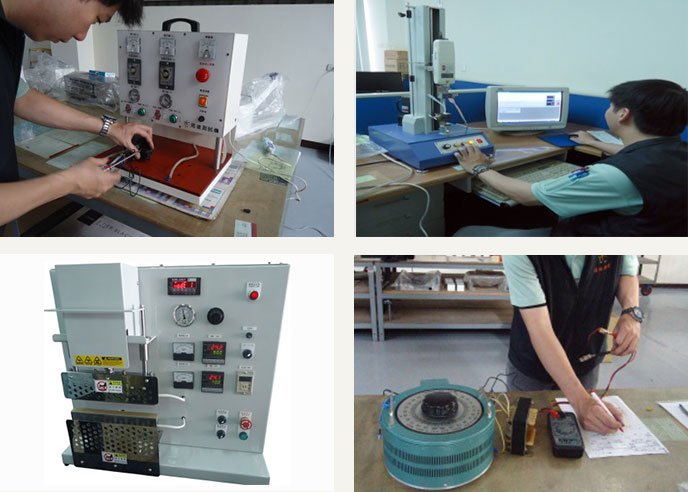
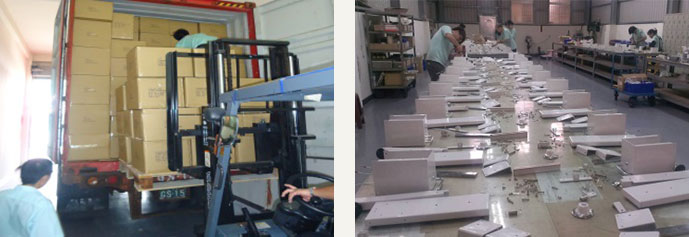
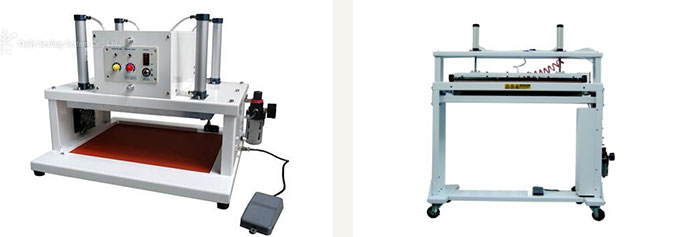
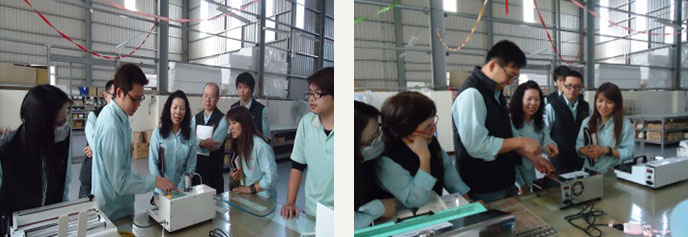
.jpg)
.png)
.jpg)